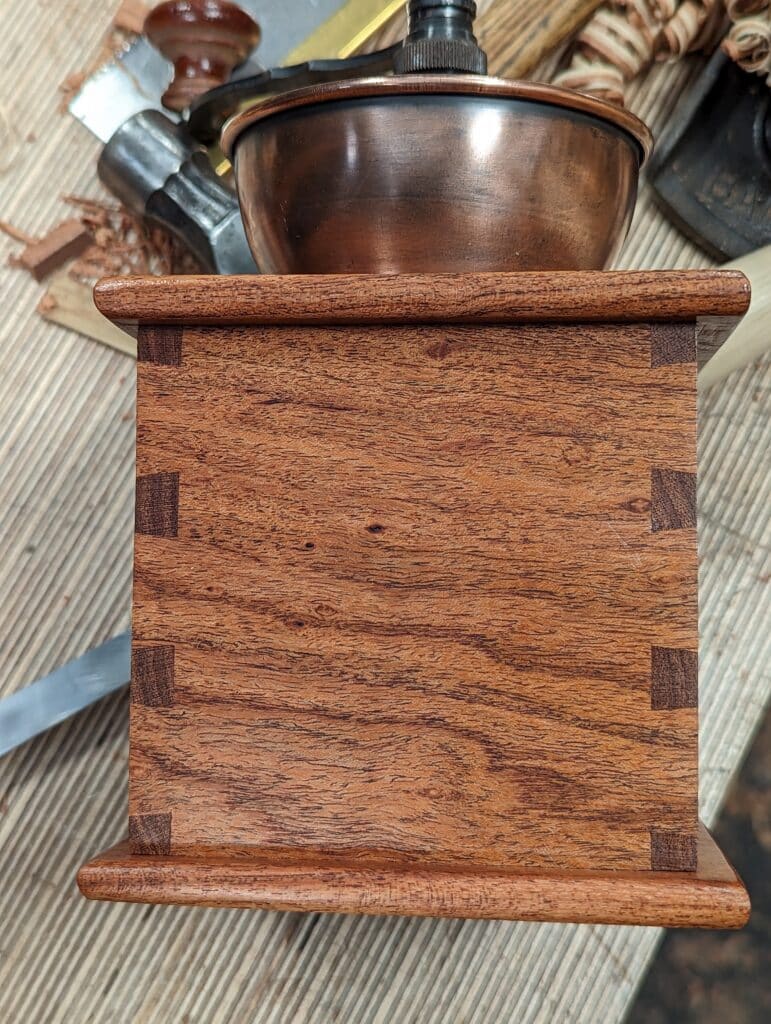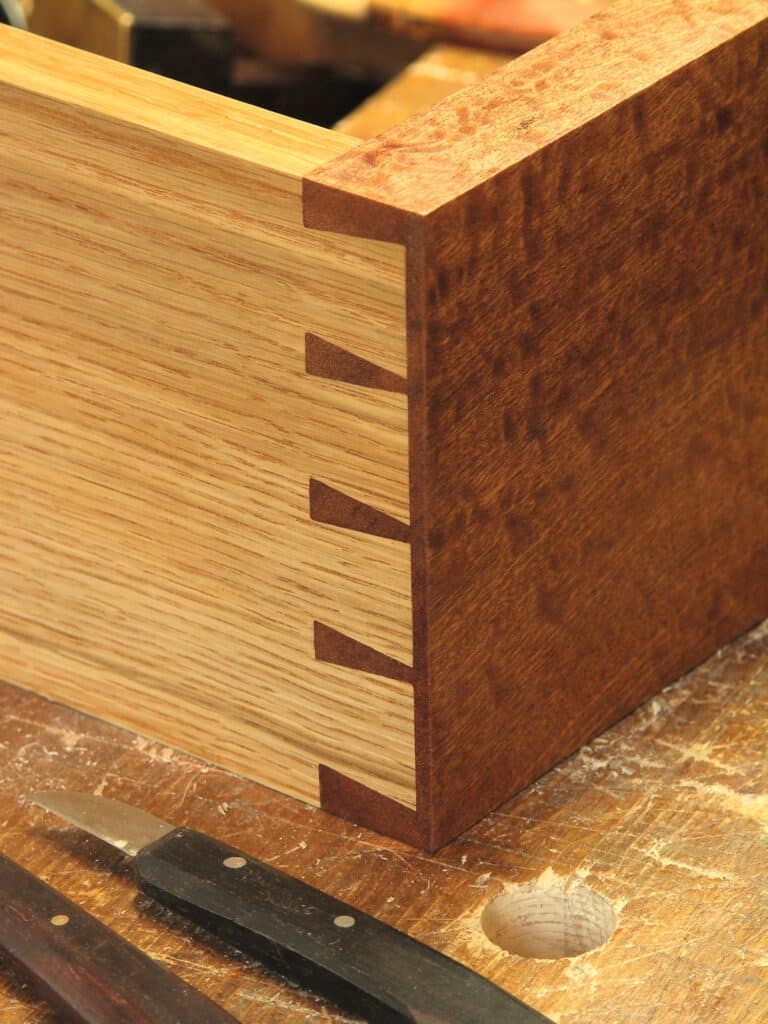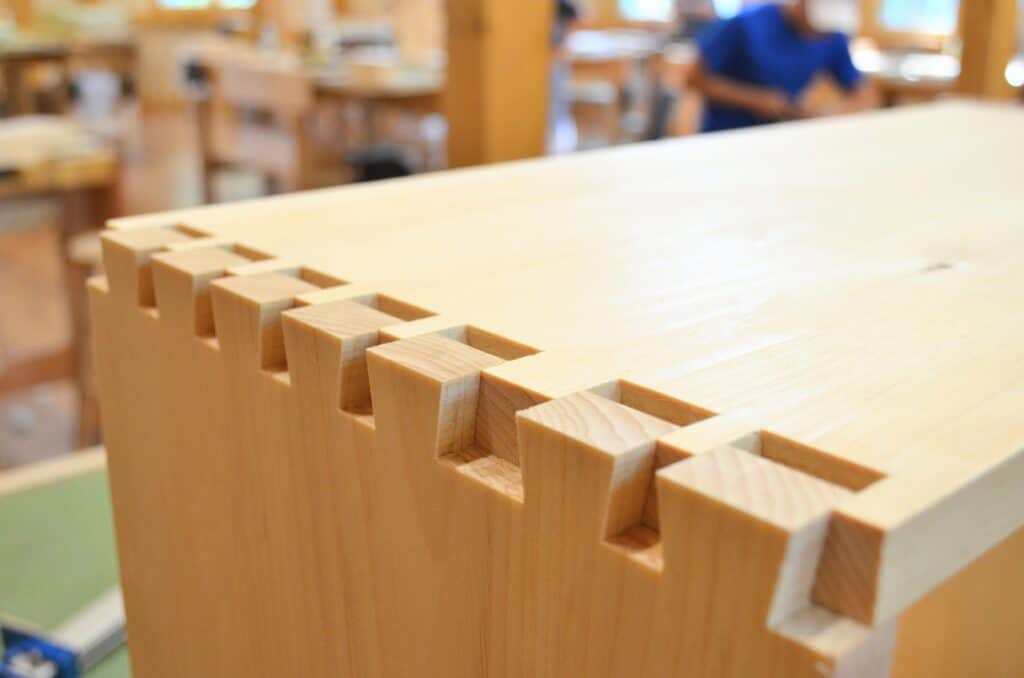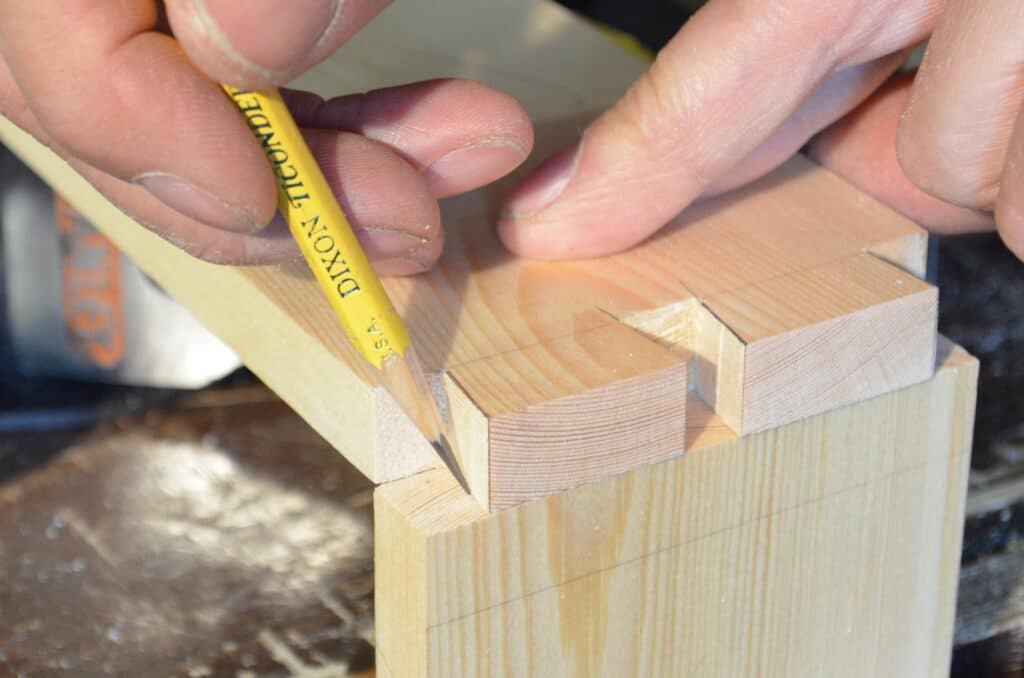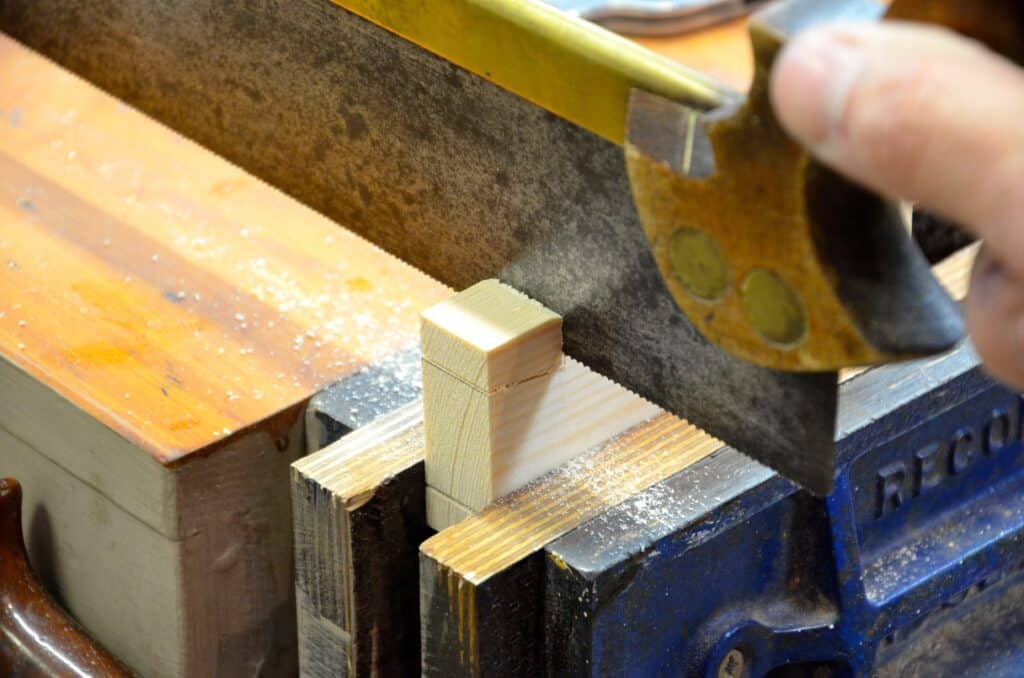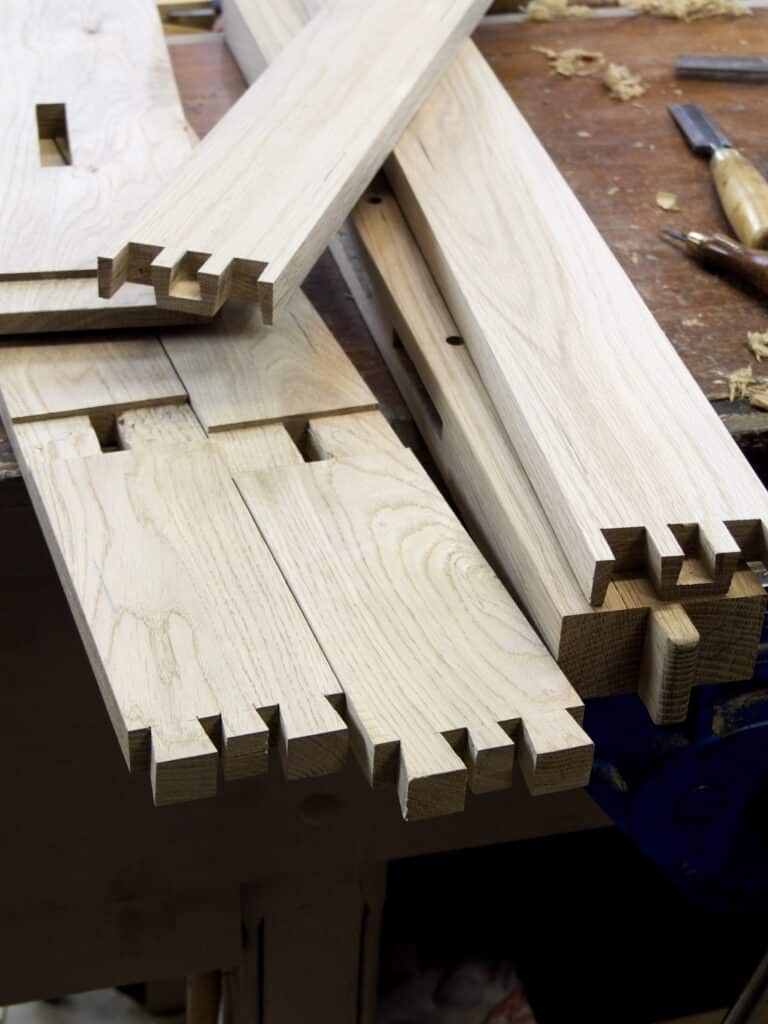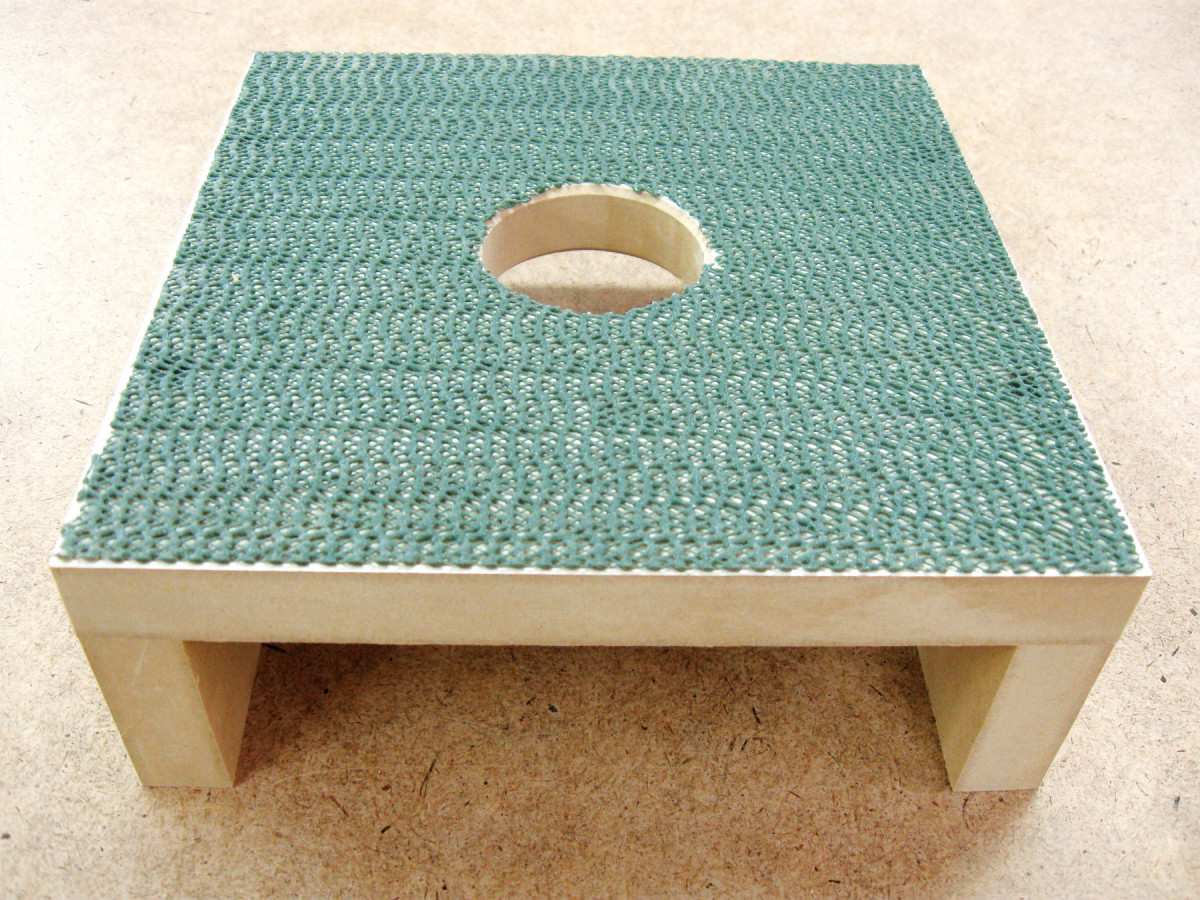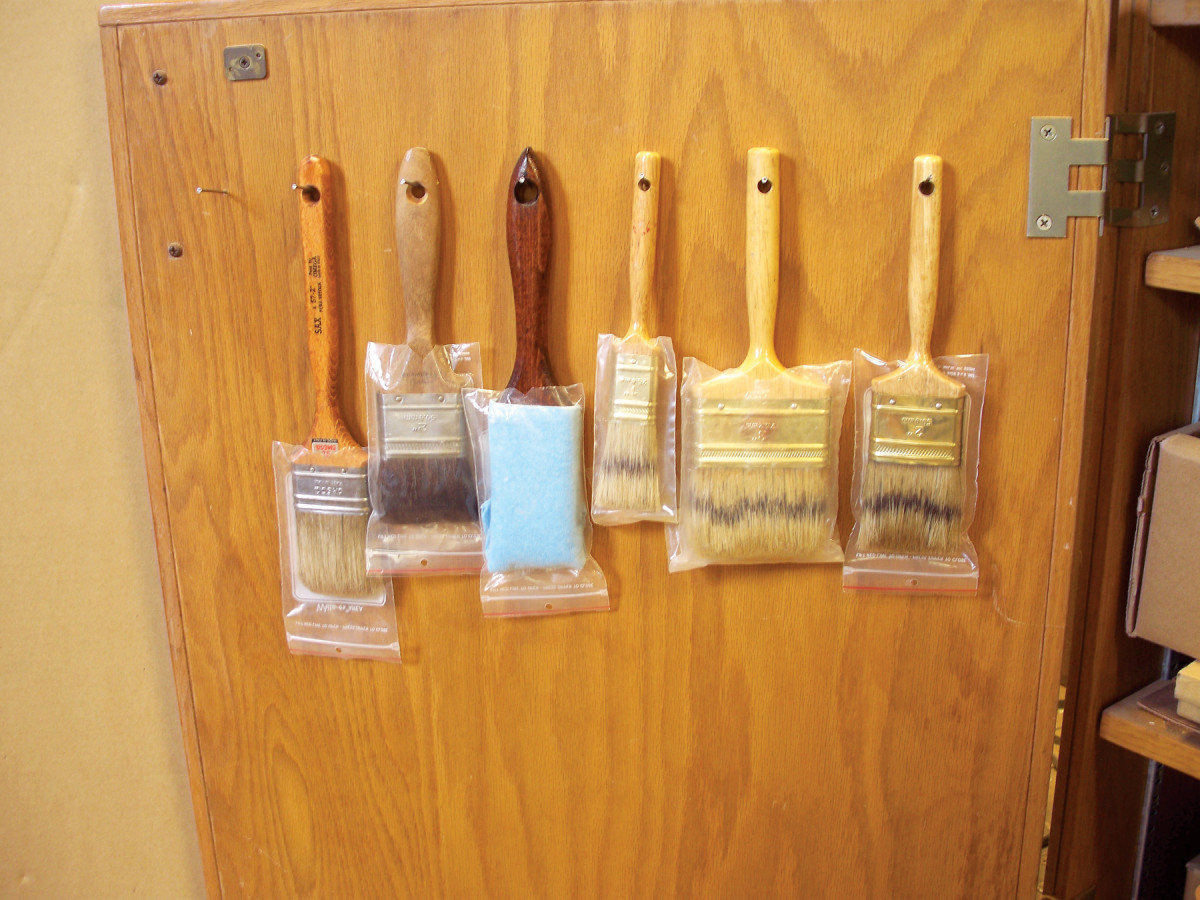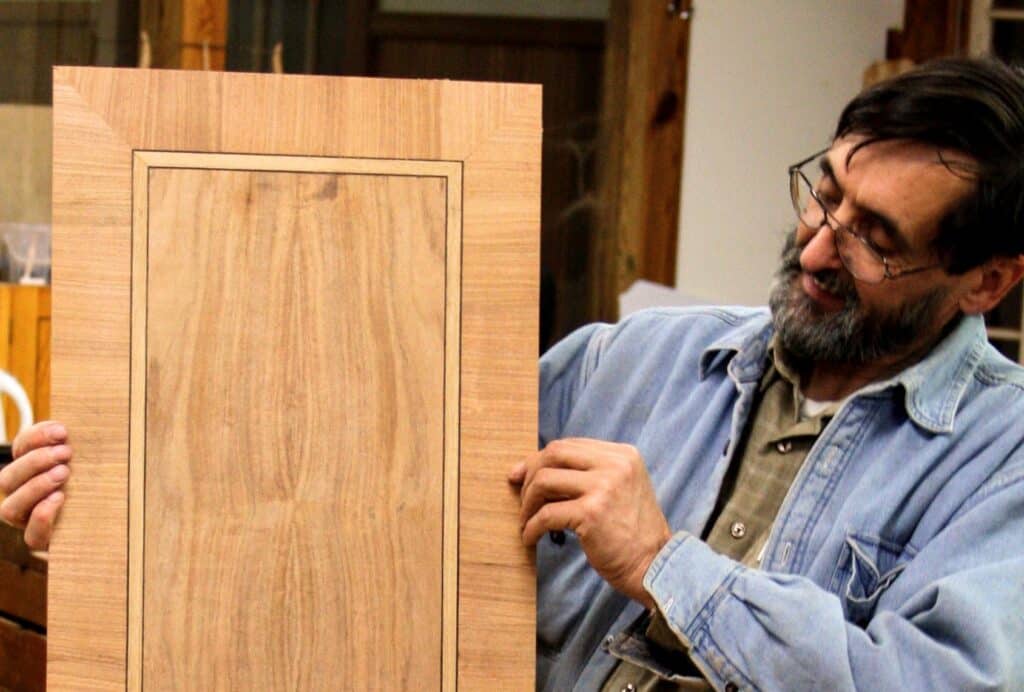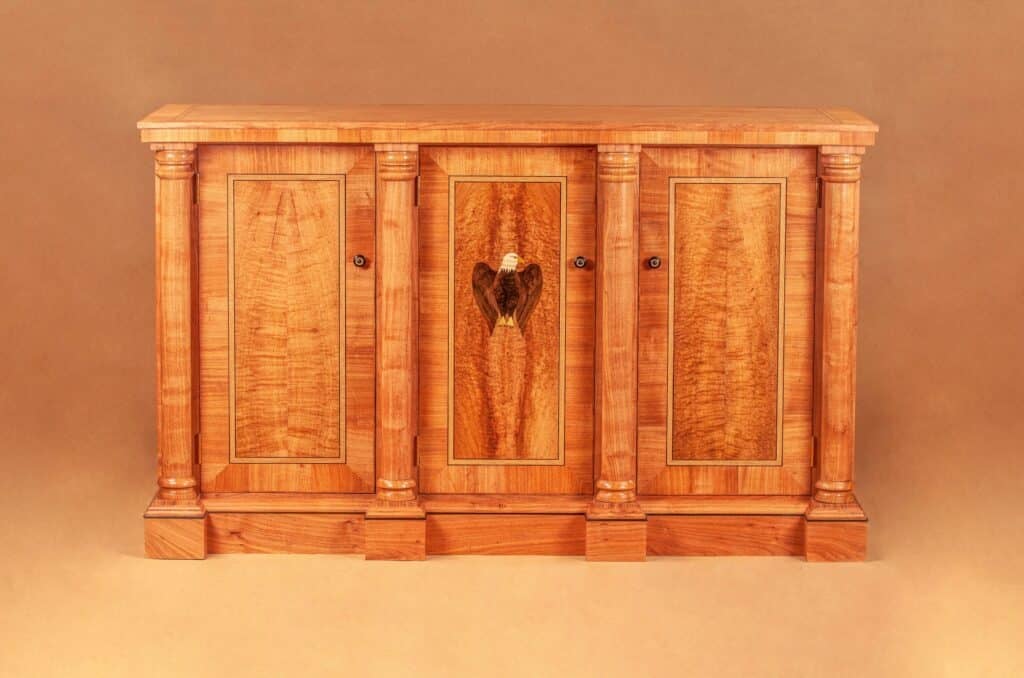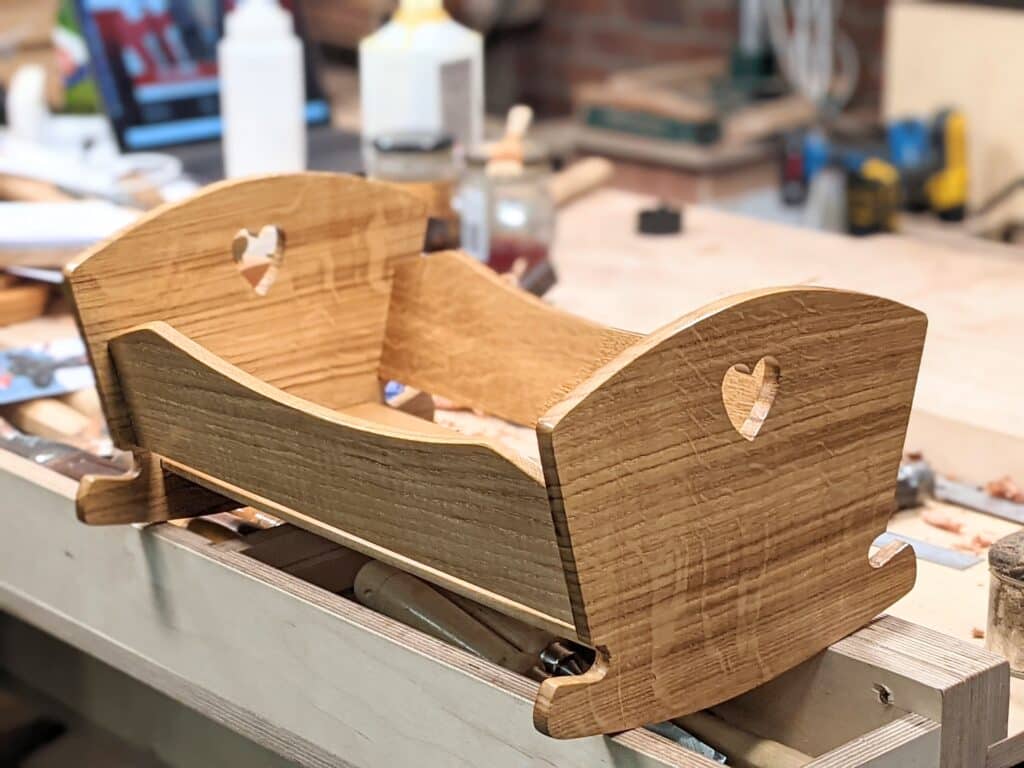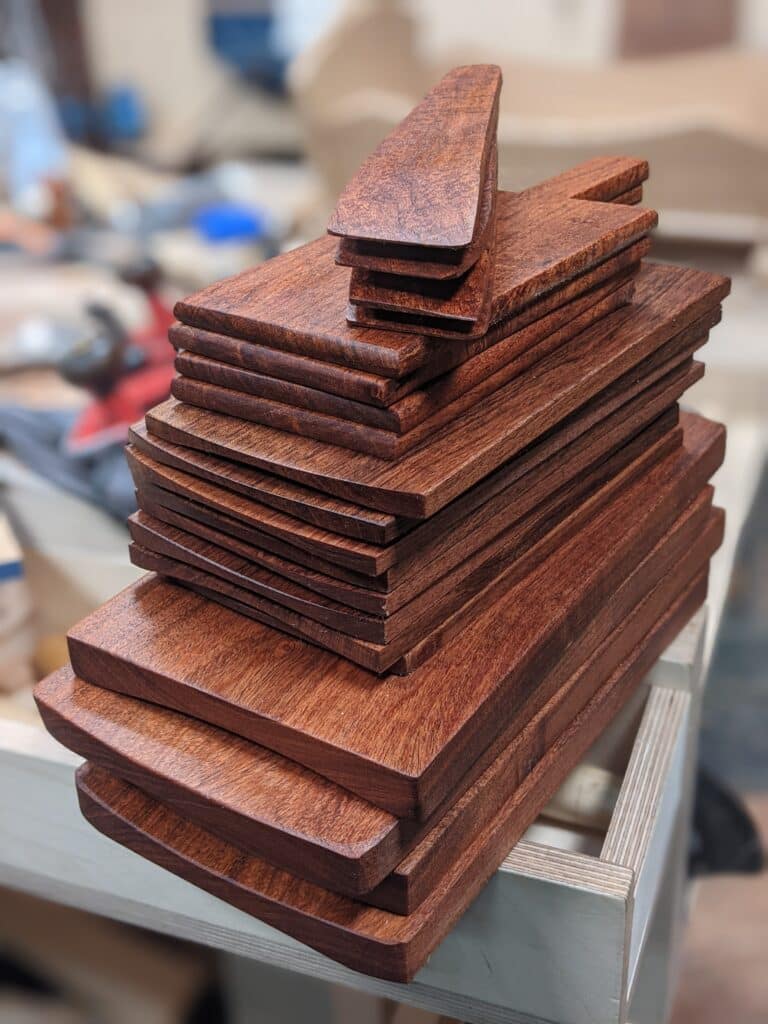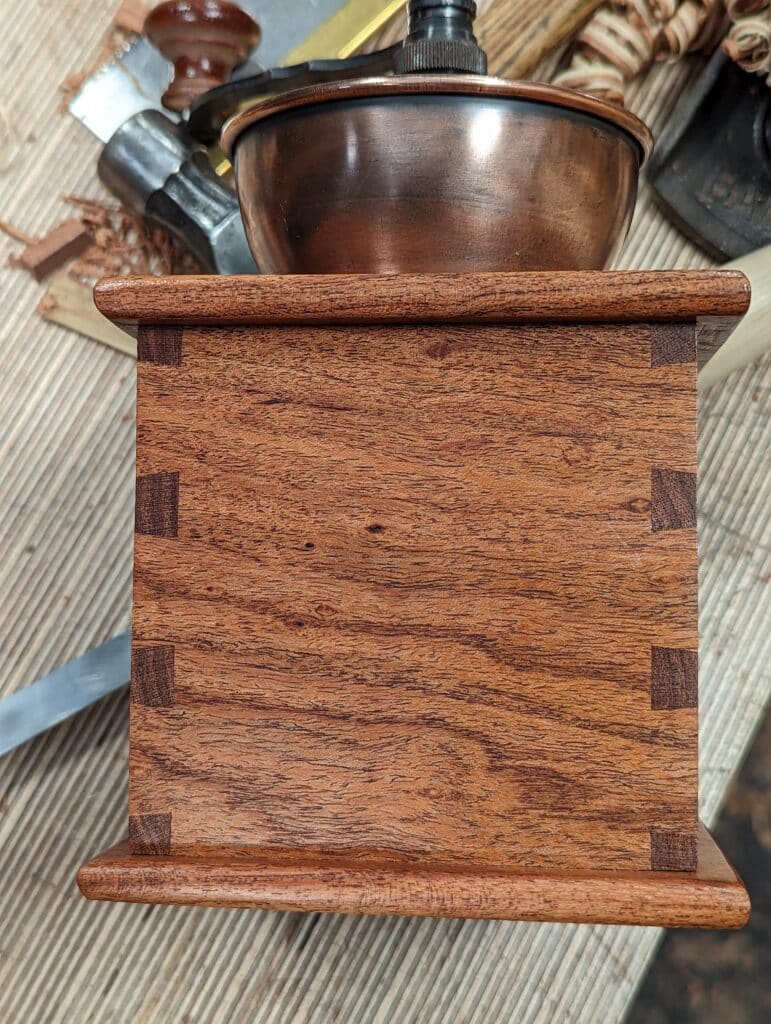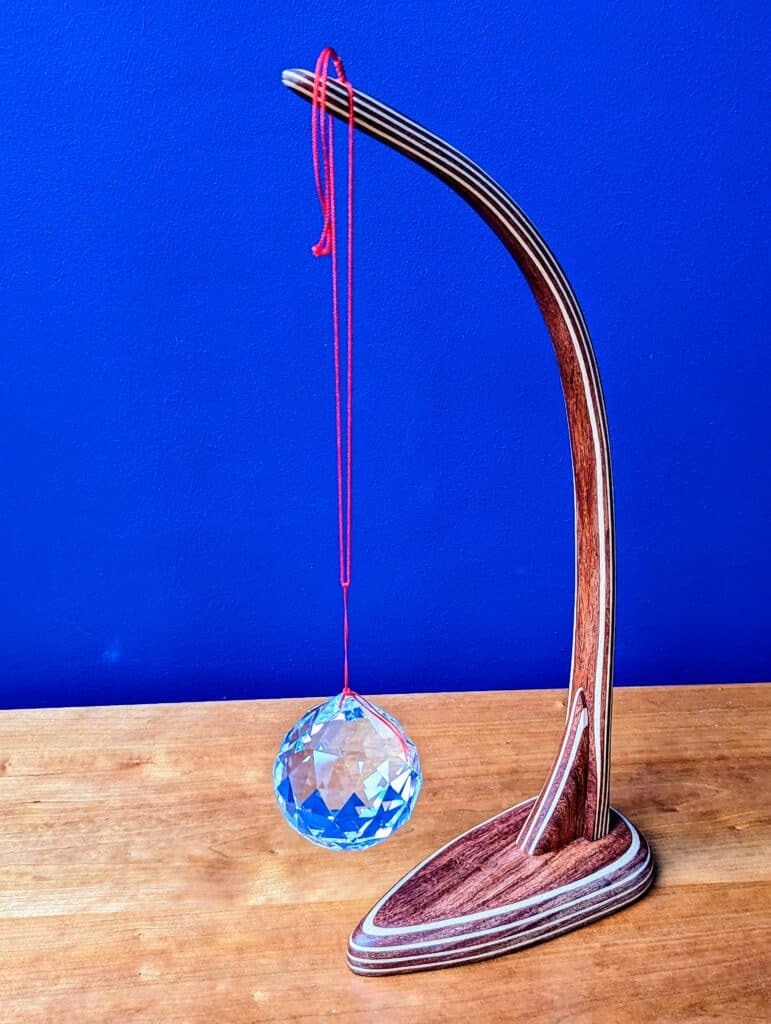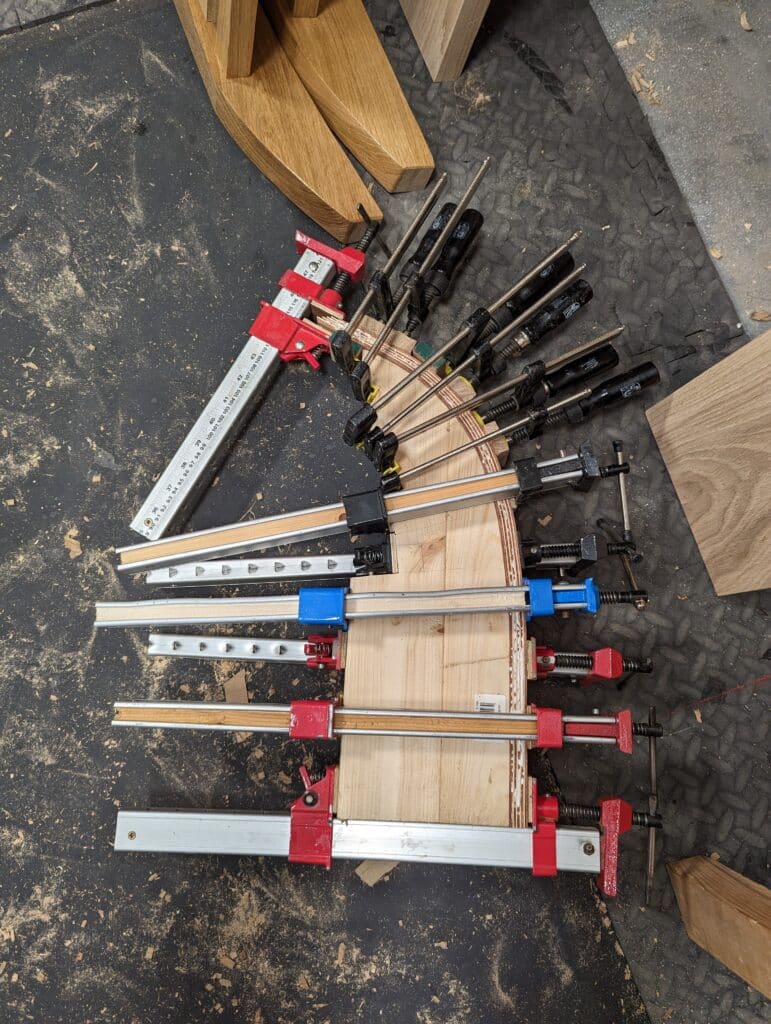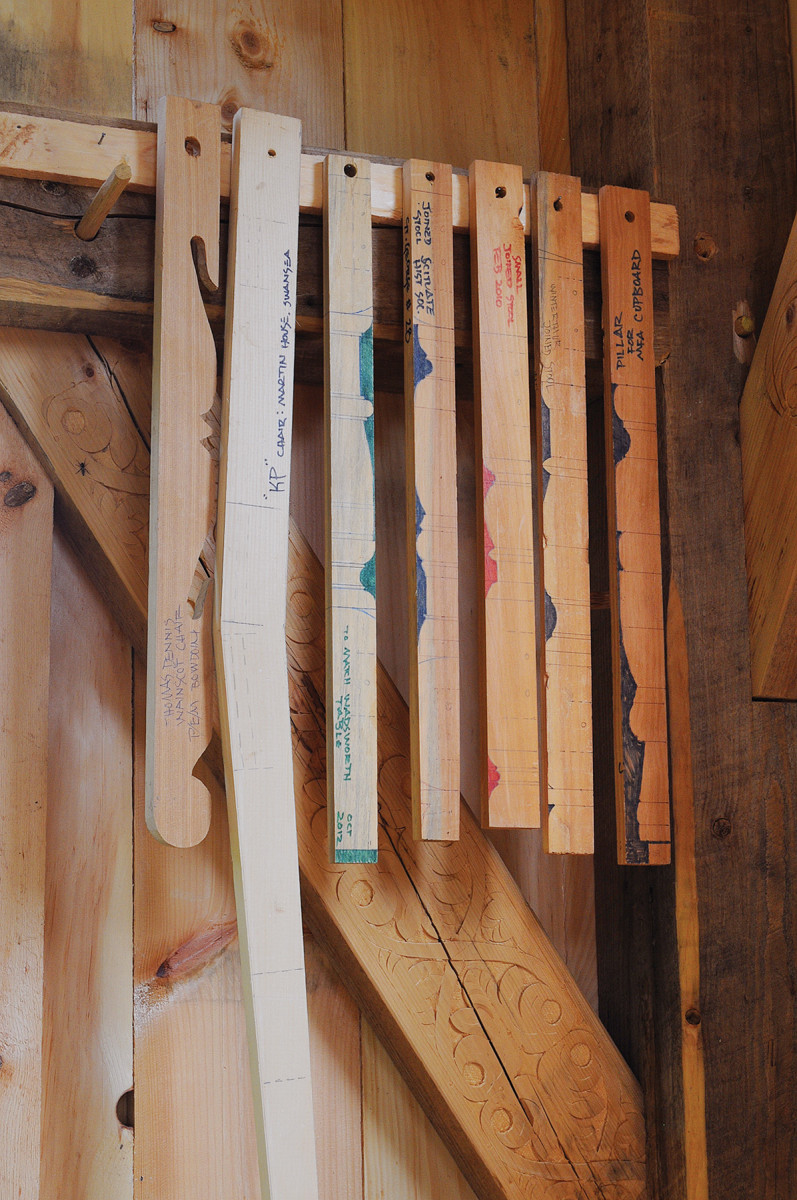Like anything else in woodworking (and existence), there are lots of tactics to do a definite activity. Laying out joinery isn’t any exception. The equipment and strategies I take advantage of in large part rely on whether or not I’m running with hand equipment or power equipment. With hand equipment, every joint must be totally laid out in order that I’ve traces to paintings to. In the case of power equipment, oftentimes I simplest wish to lay out one joint and use it to set fences and intensity stops. On the other hand, there’s one methodology I take advantage of that spans each hand- and power-tool joinery, and that’s the center line.
When chopping joinery with hand equipment, the center line is my leaping off level. I can lay out the center, then figure out from that line to create the joinery. The maximum not unusual case for that is the mortise-and-tenon joint. Once in a while the center line doesn’t confer with the center of an element however fairly the center of the joinery—take into consideration a desk leg connecting to an apron. The tenon is ceaselessly targeted on the apron and the mortise is offset, in most cases to the out of doors of the leg to create a desired expose. In both case, I can get started with a line that marks the center of the joint. As soon as I’ve that line I will use a mortise chisel to do the relaxation of the format. Through centering the mortise chisel on the center line and frivolously hanging, I will see how huge the mortise will probably be and will then mark in the different traces in line with that.
When the usage of a router to create a mortise, it may be even more uncomplicated. I strike a center line, line up the center of the bit, set the fence to the edge, and I’m in a position to head. A tricky section can also be lining up with the center line. Some of my routers have the center line marked on the base in a pair of places, which makes it simple. The router in the image didn’t have any center traces so I needed to create them. Fortunately the activity is moderately simple.
I began by way of laying out a center line on a board. I put in an reasonably priced (sub $10) instrument referred to as a center-finding pin into the router. Subsequent I used the router fence to creep up on the line with the pin. As soon as positioned and locked in, I took a marking knife and made a mark on the polycarbonate router base. I then used a small sq. to hold that line up the base. Final, I switched to a effective marker to mark on the steel section of the base.
Now putting in the router to a center line is straightforward as can also be. Line up the line on the base with the format line, deliver the fence as much as the edge, lock it in, set your intensity, and lower your joint. That is a lot sooner than attempting to make use of the aspect of a instantly bit or the usage of the center-finding pin each and every time.
In some ways, I’d be misplaced with out my center traces when woodworking. I take advantage of them for nearly each and every format activity that I’ve. This is only one instance of how neatly they paintings. With slightly of idea, I’m positive that it is advisable to get a hold of different situations the place the center line can be the option to pass. I’m no longer suggesting that that is the highest option to lay out and lower joinery, it’s merely the approach I’ve come to do it. So if in case you have by no means used the center line, give it check out!
Join eletters as of late and get the newest tactics and how-to from Fantastic Woodworking, plus particular provides.
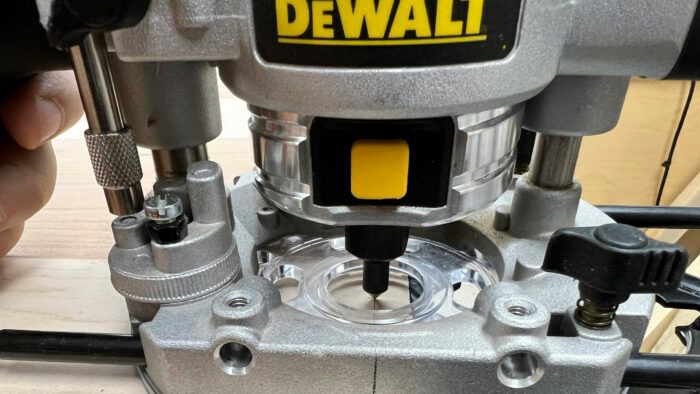
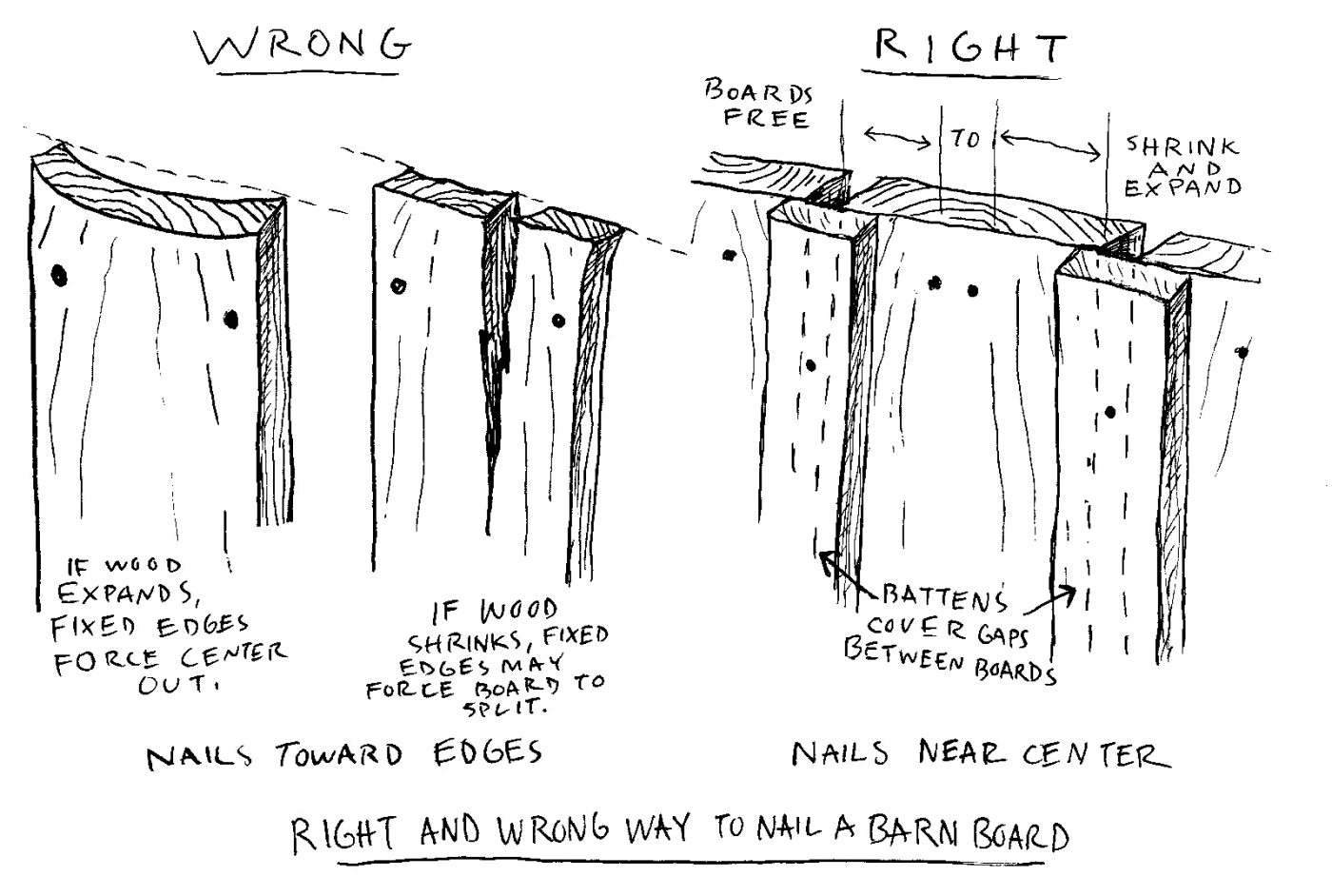 Beating it calls for realizing find out how to nail a board.
Beating it calls for realizing find out how to nail a board.
